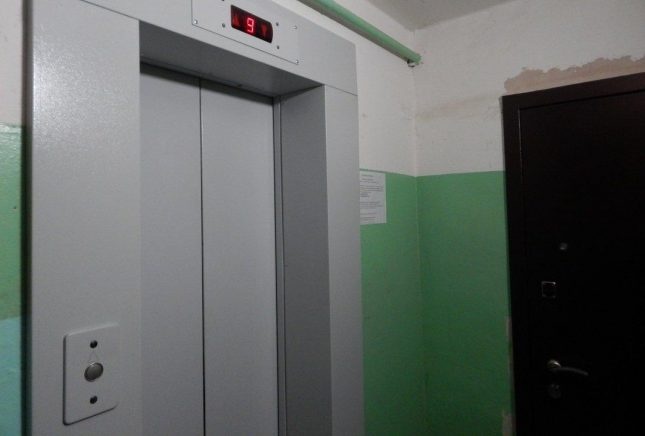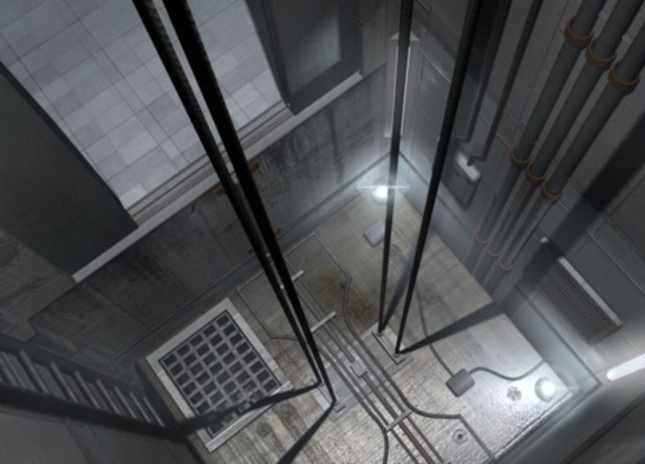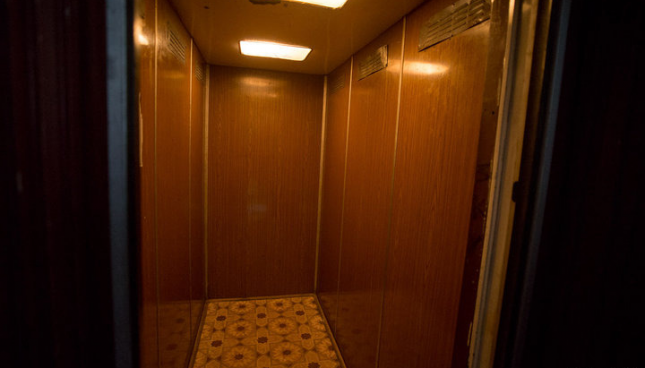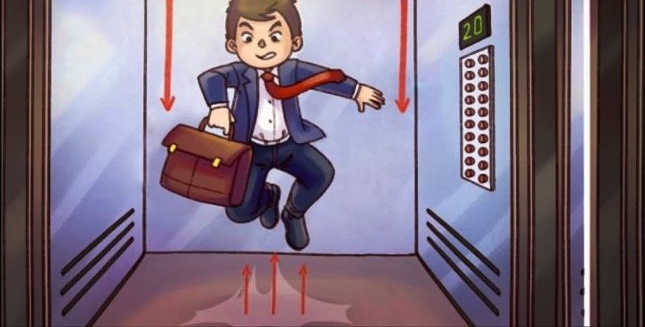Why you can’t jump in the elevator: is it worth checking for yourself?
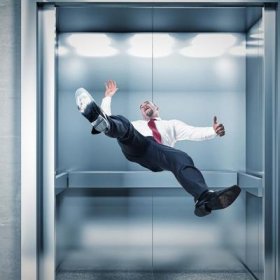
Anyone at least once thought about whether it is possible to jump in elevators. When the doors are closed, and the mechanism is about to hit the road, and you are left alone with yourself, immediately there is a desire to try the laws of physics on yourself. The concept of jumping in the elevator fascinated people from the moment when this convenient device became everyday. Such games, of course, may seem fun and exciting, but do not neglect their safety, as this can lead to undesirable consequences. And it’s good if the problems affect only the wallet, but everything can end up much worse. Particularly curious is to know why you can not jump in the elevator.
Reasons why you can’t jump in the elevator
If we talk about new elevators, it is unlikely that something terrible will happen when jumping, since technology is becoming safer every day. But large differences in load quickly lead the device to a non-working state.
Systematic jumps will adversely affect valuable details, and such an effect tends to accumulate. Repairs are usually expensive, and therefore homeowners and management companies post certain rules of conduct in elevators, where there is a clause on the prohibition of jumping.
But the passenger will never know what condition the mechanism is at the time of the trip, especially if it is in an old house, so you should put your own safety above curiosity.
Jumping in the elevator can be the result of serious problems in the mechanism of the device. They depend on:
- design and quality of the elevator;
- the weight of a bouncer or a combination of several jumpers;
- wear of the lifting structure.
The consequences may be as follows:
- stop the operation of the mechanism;
- cable break or floor break;
- skewed cab.
Stopping the mechanism
This is the most common result of jumping in the elevator, but stopping work is the best possible outcome. But it may take a long time to wait for the rescue team.
A complete stop occurs due to sudden changes in the load on the entire system, which can perceive a pressure drop, and then a strong blow, like a cable break. The elevators are equipped with a security system that automatically stops the mechanism if the cable breaks. It turns out that the passenger with his jump simply simulated a similar situation. The mechanism immediately activates the wedge captures, and the passenger remains in the standing elevator, because only specialists can turn them off.
There is another option, when jumpers do not have to wait for workers - in more or less modern elevators floors are often found that react to weight. When there is no load, the elevator does not go anywhere. In this case, the passenger will only need to press the button of the desired floor again to resume movement.
With a different type of modern elevators, a stop will not occur at all, since their mechanisms are universal and better tolerate overloads. The device will only slow down, but continue to rise.
Cable break or floor break
To break off one weight of the jumper will not be enough. This can happen if:
- the term of use of the elevator has exceeded permissible standards;
- the cable and the mechanism as a whole were incorrectly installed;
- gross violations were made during maintenance;
- operating rules are violated (systematic excess loads, for example).
With a break in the floor, the situation is almost the same - long-term operation of the cab negatively affects the materials. Therefore, the older the elevator, the more worn out all the components of the system. With this outcome, it is unlikely that a person will fall into the mine, but it may well damage his legs.
Skew cab
This is an extremely unpleasant situation that can lead to injuries to passengers, as well as to a cable break. Such a breakdown will require complex and lengthy repairs.
Skewing the cabin will occur if you jump not in the center of the cabin, but closer to any edge. The voltage on the cables increases greatly, and it is very difficult to maintain balance, which can lead to undesirable consequences.
It is not an easy task to pull out passengers when the cab is skewed, so it will take more than one hour to sit in a confined space.
Myths about jumping in the elevator
The main and perhaps the only myth related to jumping in elevators is the statement that a jump in an elevator falling into a mine can save a life. Having studied the ordinary laws of physics, it immediately becomes clear that such an outcome is impossible. Firstly, the probability of correctly calculating the jump time is almost zero. Secondly, the jump must be completed at a speed that the legs of a person are simply not able to give to the body.
The only way to try to reduce the health damage in a falling elevator is to lie on the floor. So the impact area will become larger, which will reduce its strength. But with a fall from the 5th floor and above, even this is unlikely to help.
Every day, elevators become safer, but not always and not everywhere. The human factor should never be canceled, as management companies can hack. Take care of your health and the health of subsequent passengers and save the jumps for a more suitable place where it will not harm anyone.

